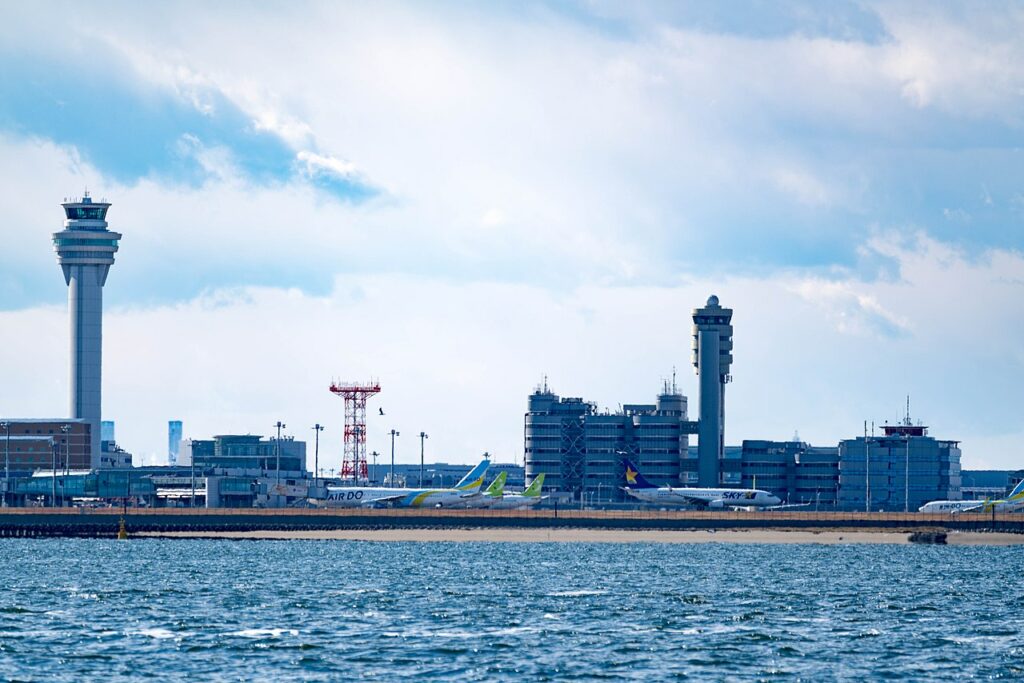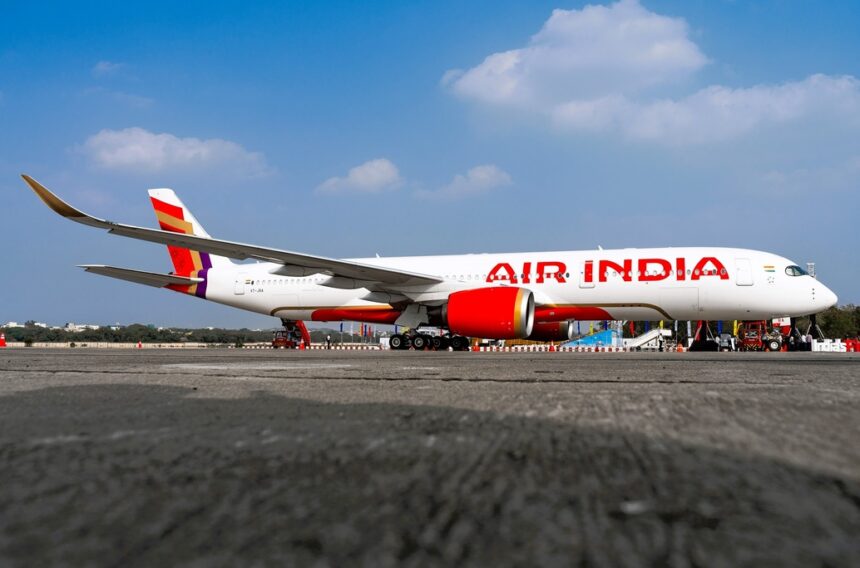The aviation industry in Asia-Pacific and the Middle East is navigating a path of uneven recovery. This is according to the latest Air Connectivity Ranking data.
This report has just been released by the Airports Council International (ACI) Asia-Pacific & Middle East.
The data offers a unique perspective by incorporating consumer preferences and connection quality. It assesses these factors alongside traditional metrics like flight frequency and seat capacity.
The report leverages data from a sample of 300 key airports. This represents a significant portion (nearly 93%) of the combined passenger traffic in these regions.
This comprehensive analysis provides valuable insights into the current state of air connectivity and its trajectory for the future.
Recovery Takes Flight: The Middle East Leads the Way
The Middle East emerges as a bright spot in the report, with passenger traffic nearing pre-pandemic levels.
Air connectivity in the region is currently only 5% below its 2019 figures, indicating a significant and relatively swift recovery.

This positive trend can be attributed to several factors, including the strategic location of major hubs like Dubai and Doha. These geographically prominent hubs continue to serve as vital connection points for global travel.
Additionally, proactive measures taken by Middle Eastern airlines to expand their networks and cater to evolving travel preferences have likely contributed to the region’s faster rebound.

Asia-Pacific on the Road to Recovery
While the Middle East enjoys a head start, the Asia-Pacific region is also demonstrating signs of progress.
The air connectivity in the Asia-Pacific region remains 13% below pre-pandemic levels. Notably, this represents a substantial improvement compared to the 36% decline observed in 2022.
This positive trend is fueled by several regional influencing factors. This includes the gradual reopening of key markets like China, which plays a crucial role in regional air travel.

Challenges and Opportunities: A Look Ahead
The report indicates challenges that must be addressed, even amidst encouraging signs of recovery. The pandemic hit smaller airports harder, and they may take longer to recover.
To support these airports and ensure a more balanced recovery across the region, the report recommends implementing supportive policies and infrastructure development initiatives.
Furthermore, ACI Asia-Pacific & Middle East Director General Stefano Baronci emphasizes the importance of long-term reforms to bolster sustainable growth in air connectivity. These reforms include:
- Timely Infrastructure Development: Building new airports and upgrading existing infrastructure. This is crucial to accommodate future demand and ensure efficient air traffic management.
- Market Liberalization: Removing regulatory barriers and fostering competition among airlines. This can lead to lower fares, a wider range of travel options, and ultimately, increased passenger traffic.
- Smoother Visa Processes: Streamlining visa procedures can encourage travel by reducing administrative burdens and delays for passengers.
By implementing these reforms, governments and aviation authorities can create a more favorable environment for air travel. Overall, this benefits both airlines and their passengers.

Key Findings: A Deeper Dive
The report delves deeper into specific trends impacting air connectivity:
- Asia-Pacific to Other Regions: Passenger traffic on routes connecting Asia-Pacific to other regions has been significantly impacted.
Factors like delayed market reopenings, economic uncertainties, and operational limitations have hampered recovery.

- Middle East Traffic Growth: The Middle East, on the other hand, has witnessed sustained growth in traffic.
Further growth is evident in regions like Africa and Central & South America.
- Transfer Traffic Hubs: Dubai and Doha emerge as leaders in transfer traffic, leveraging their positions as central hubs for major airlines with extensive global networks.
- Air Transport Liberalization: The report highlights the positive impact of air transport liberalization on trade and tourism.
In general, overall economic growth has enabled improved accessibility and air connectivity. The UAE stands out as a frontrunner in air liberalization within the Middle East. The region demonstrates its commitment to fostering a more open and competitive aviation market.
- Challenges for Small Airports: The pandemic hit smaller airports the hardest. They have experienced the steepest decline in connectivity.
Secondary and smaller airports are expected to make a slower recovery compared to larger hubs.
A Positive Outlook for 2024
The 2024 outlook for air connectivity in Asia-Pacific and the Middle East appears cautiously optimistic.
Data from Q1 2024 indicates a significant average improvement of 59% in direct connectivity compared to the same period in 2023.
This positive trend is expected to continue, with seat capacity projected to rise by 10% across the region in Q3 2024.

Click the banner to subscribe to our weekly newsleter.

Click the photo to join our WhatsApp channel so then you can stay up to date with everything going on in the aviation industry!









